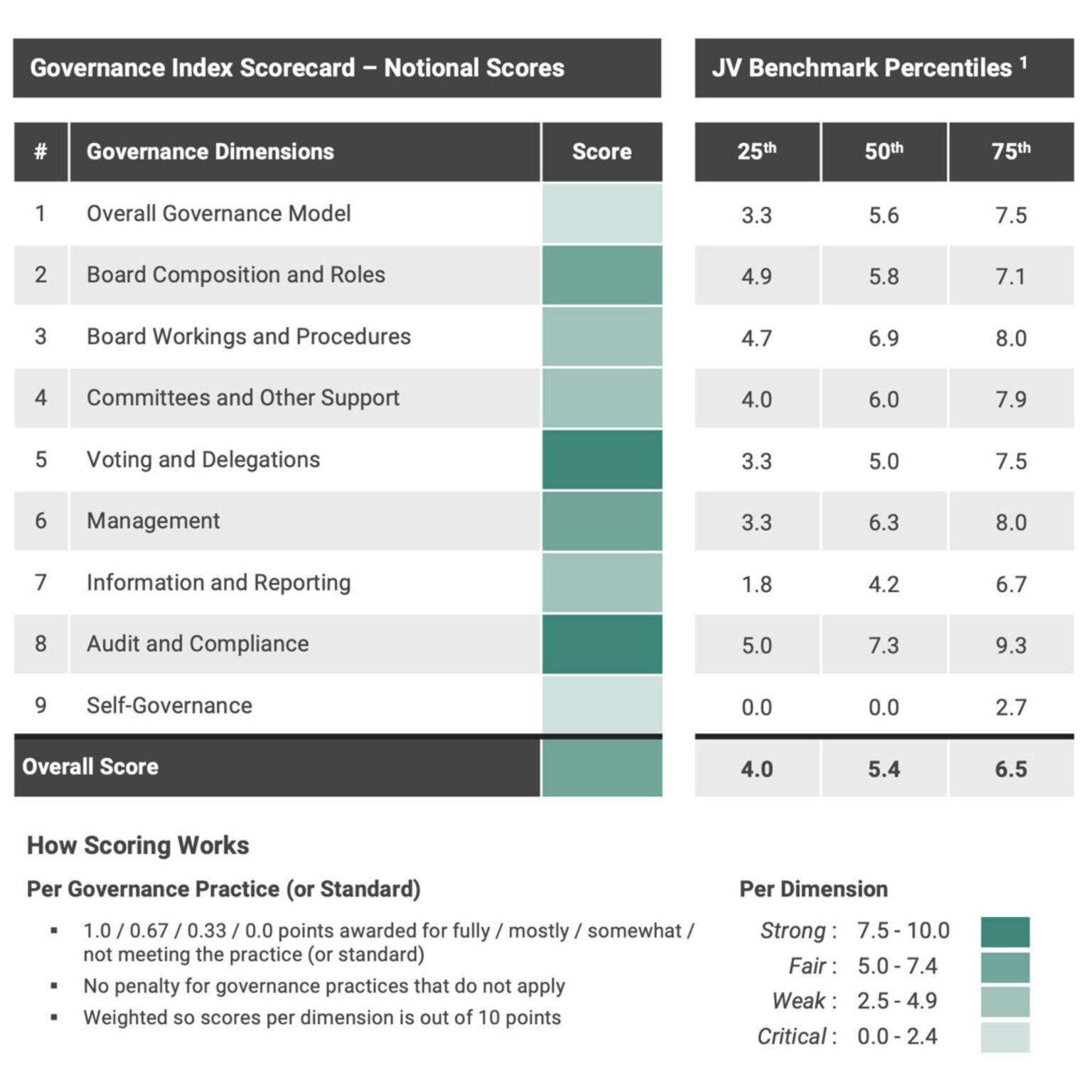JV Secondee Guidelines: Getting a Grip on Secondees
While recognizing the right for any company to organize itself as it sees fit, we assert that those that follow this guideline have a higher chance of success – and much lower levels of dysfunction – with its secondees.




Comments